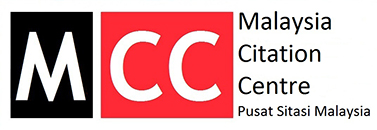Effect of Ball Size on Nanostructured Copper-tungsten Carbide Composite Prepared by Mechanical Alloying
DOI:
https://doi.org/10.47253/jtrss.v1i2.638Keywords:
Copper-based composite, Mechanical alloying, Nanostructured materials, Ball sizeAbstract
In this study, nanostructured copper tungsten carbide composite was produced
by mechanical alloying. Mechanical alloying was carried out by milling of
copper (Cu), tungsten (W) and graphite mixture at 40 h with milling speed of
400 rpm in planetary ball mill using two different ball sizes. The crystallite
size of the powder milled with 10 mm ball is smaller than 20 mm ball due to
higher collision frequency. Lower expansion of Cu lattice was found for the
powder milled with 20 mm ball than that of 10 mm ball. The composite obtain
by milling with 20 mm ball had produced greater impact energy that facilitated
the formation of tungsten carbide (WC).






